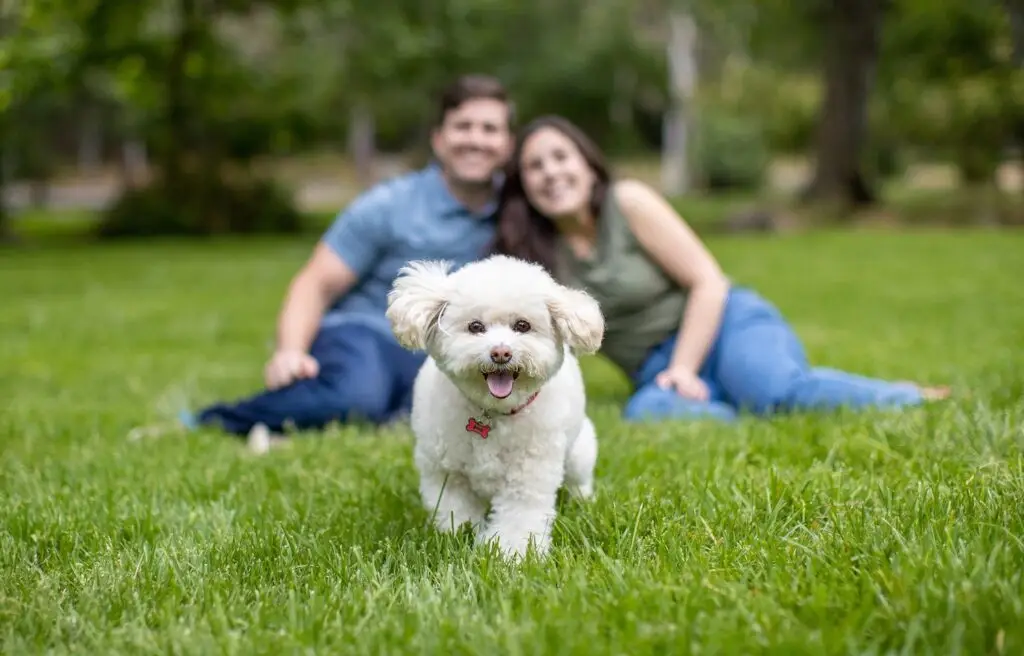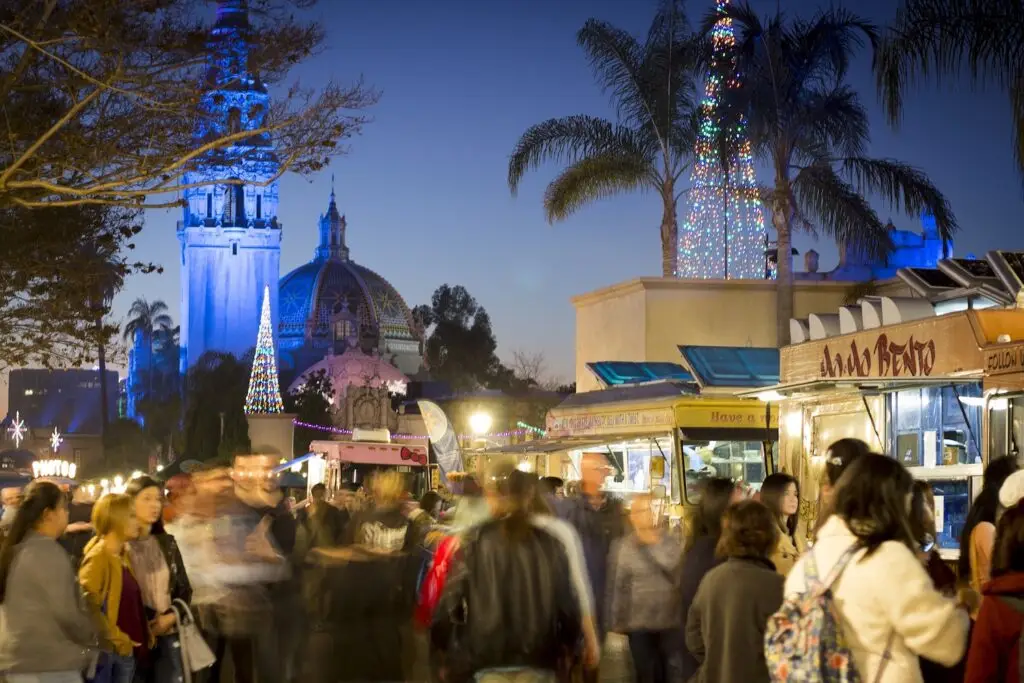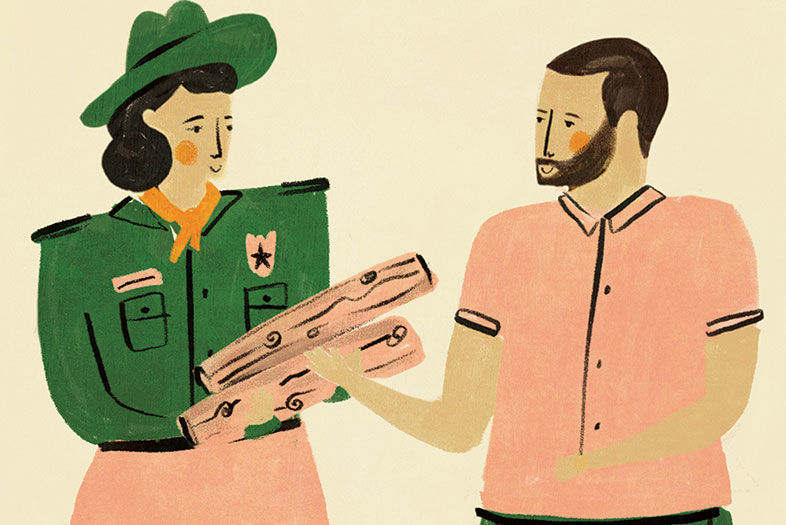
How to Build a Fire
1
Buy firewood locally from the park or preserve where you’re planning to burn it. Avoid buying wood from a grocery store—there’s no way to guarantee where it was sourced. These steps will protect the local environment from invasive species.
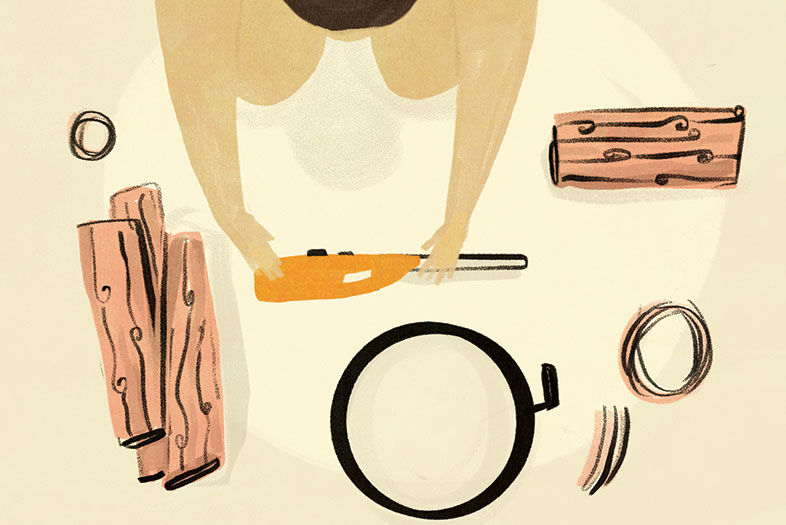
How to Build a Fire
2
Look for somewhere dry, flat, and enclosed, like a metal fire ring or barbecue pit. Gather wood shavings, paper, or cotton balls soaked in Vaseline to act as tinder. Use a long barbecue lighter to protect yourself from the flames, and light the tinder within your fire ring.
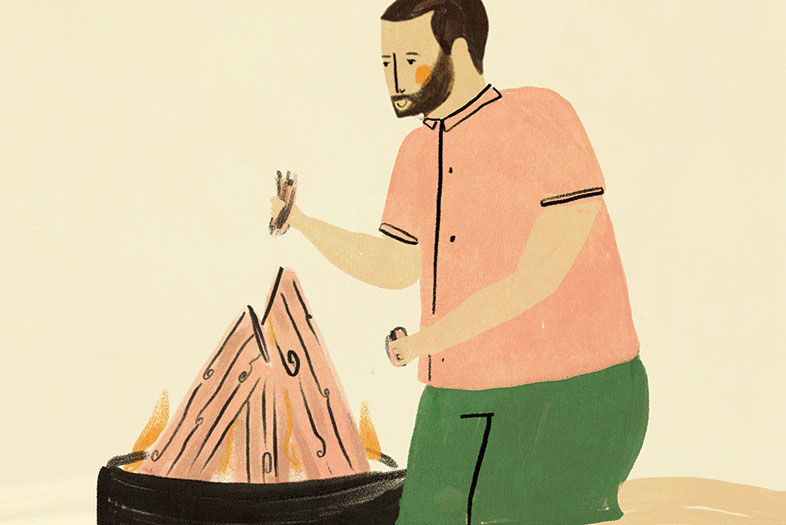
How to Build a Fire
3
Gradually increase the size of the material in the fire by moving from tinder to kindling, or pieces of wood around a half inch in diameter, and then larger as the fire grows. Be careful not to smother the fire by adding too much too quickly; the more air flow, the better.
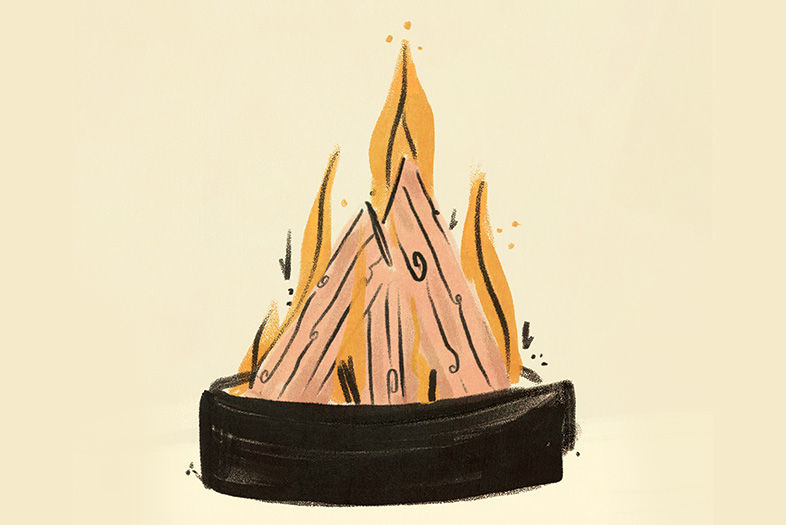
How to Build a Fire
4
A classic tepee wood placement encourages the larger pieces to burn as heat rises from the kindling in the middle. For a more convenient cooking experience, try the flatter crisscross pattern.
Note: Red flag warnings indicate that absolutely no fires are allowed.
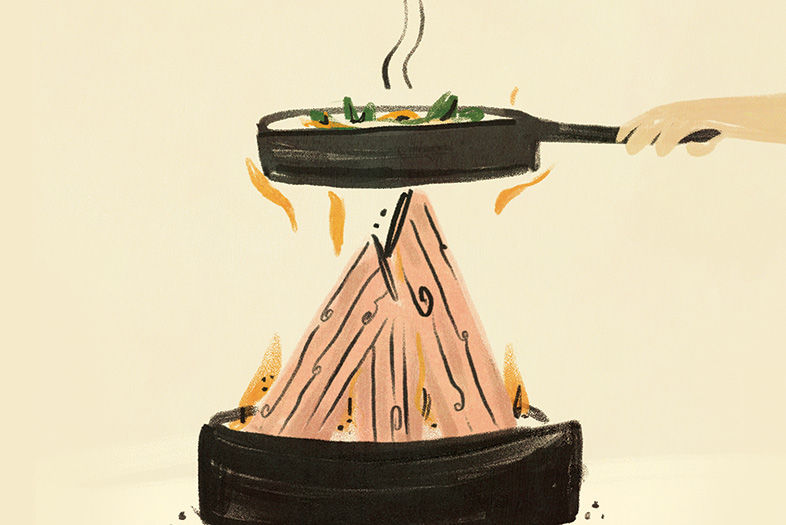
How to Build a Fire
5
Planning to cook on the fire? Build it 20 to 30 minutes ahead of time to let a layer of glowing coals form, creating a more consistent heat source.
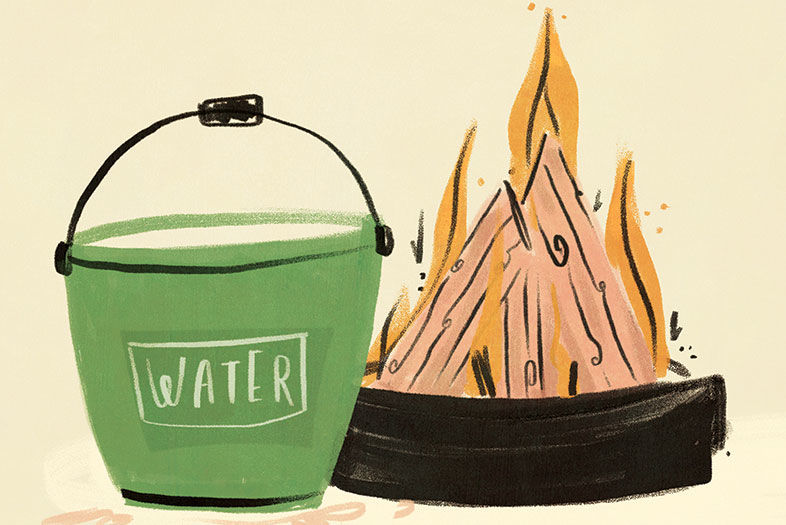
How to Build a Fire
6
PARTNER CONTENT
Have a bucket of water on hand, and designate one person in your camping party to be in charge of keeping an eye on the fire at all times. Fires at San Diego County parks must be completely extinguished by 11 p.m.





